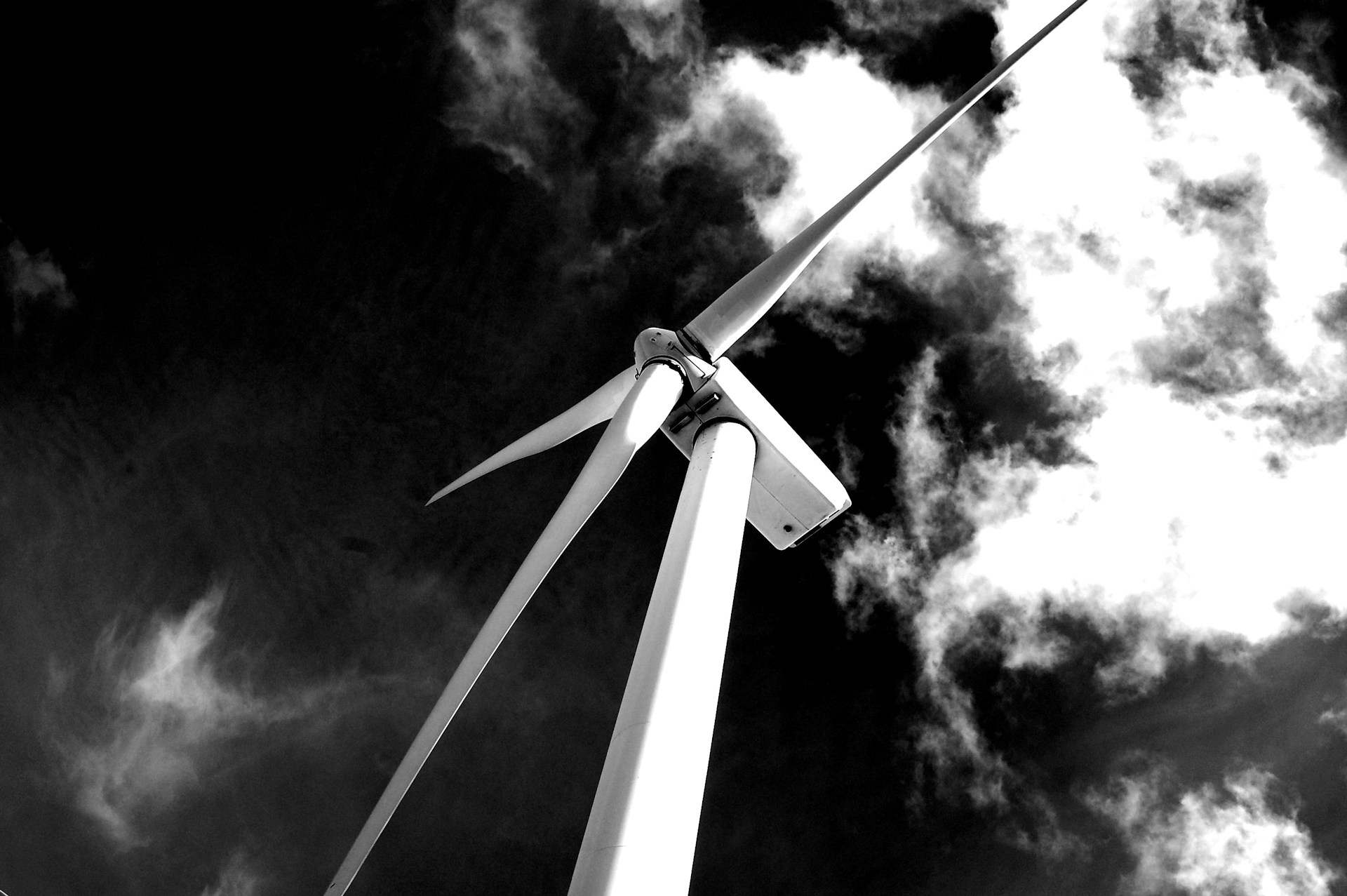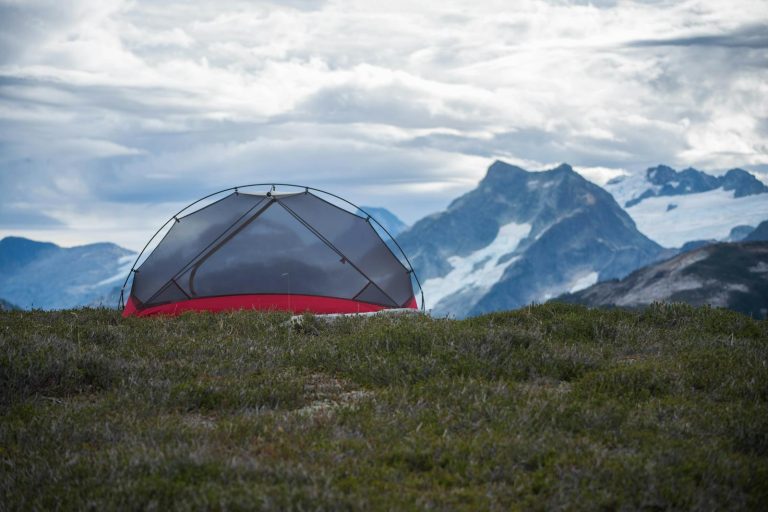Building your own wind generator is a fantastic way to tap into renewable energy while flexing your creativity and engineering skills. Whether you’re prepping for an off-grid lifestyle, lowering your utility bills, or just curious about clean energy, DIY wind turbines can be both practical and empowering.
Let’s explore some wind generator DIY ideas and tips to get you started on your wind-powered journey.
Understanding the Basics of Wind Energy
Before diving into the build, it’s crucial to understand how wind generators work. At their core, wind turbines convert kinetic energy from the wind into mechanical energy, which is then transformed into electricity by a generator.
The key components include:
- Blades: Capture wind energy and spin.
- Rotor and Shaft: Transfer rotational energy to the generator.
- Generator: Converts mechanical energy into electricity.
- Tower: Elevates the turbine to catch stronger, steadier winds.
Once you know the parts, you can start thinking about how to source or create them for your DIY project.
Repurposing Everyday Materials
A great DIY wind generator doesn’t have to break the bank. With a little ingenuity, you can repurpose common items into key turbine components.
- PVC Pipe for Blades: Lightweight and easy to shape, PVC pipes are popular for creating durable blades. With some careful cutting and sanding, they can mimic the aerodynamic shape needed for efficient wind capture.
- Bicycle Parts for the Rotor and Shaft: Old bike hubs and gears are excellent for creating a smooth, rotating mechanism. They’re designed to handle spinning forces, making them ideal for this purpose.
- Car Alternators as Generators: A used car alternator can be repurposed to generate electricity. With a bit of wiring and modification, it’s a cost-effective alternative to a purpose-built generator.
Using old materials to create something new and productive is a major win/win for both you and the planet.
Size Matters: Picking the Right Scale
When brainstorming your wind generator, consider your energy needs and the resources available.
- Small-Scale Turbines: Ideal for charging batteries, powering small devices, or learning the basics of wind energy. These can often be built on a tight budget and require minimal tools.
- Mid-Sized Generators: Great for providing supplemental power to a home or off-grid cabin. These designs require more robust materials and advanced skills but can significantly reduce your reliance on the grid.
- Large-Scale Turbines: Ambitious DIYers might aim to build a turbine capable of powering an entire household. Keep in mind that larger systems require more complex engineering and are subject to local regulations.
Starting small and scaling up as you gain experience is often the most rewarding path.
Creative Tower Solutions
The height of your wind generator directly affects its efficiency, as wind speeds are stronger and steadier above ground level. You don’t have to use a traditional metal tower—creativity goes a long way.
- Repurpose an old flagpole or a sturdy PVC pipe.
- Use a tree as a natural tower, provided it’s tall and stable.
- Construct a lattice-style frame with wood for a rustic yet functional design.
Whatever tower solution you choose, ensure it’s secure and capable of withstanding high winds.
Adding a Personal Touch
Your DIY wind generator doesn’t have to be a purely functional machine; it can also reflect your personal style. Consider painting the blades in bold colors or incorporating unique designs into the tower structure. A wind generator that works well and looks great is something to take pride in.
Testing and Troubleshooting
Once your wind generator is assembled, testing it is a critical step. Find an open, windy area to set it up and monitor its performance. Take notes on the following:
- How smoothly the blades rotate.
- The amount of electricity generated.
- How stable the structure is during gusty winds.
If something isn’t working as expected, don’t get discouraged. DIY projects often involve trial and error, and every adjustment brings you closer to success.
Thinking Beyond Energy
A wind generator isn’t just a power source; it’s a symbol of self-reliance and sustainability. Building one teaches problem-solving, resourcefulness, and the importance of renewable energy.
Plus, it’s a conversation starter—few things are as satisfying as saying, “I built that,” when someone asks about your turbine.
Final Thoughts
Tackling a wind generator DIY project is about more than saving money or reducing your carbon footprint. It’s about taking control of your energy needs and embracing the spirit of innovation. The wind is out there, waiting to be harnessed. With the right idea and a little effort, you can turn it into a reliable source of power—and a testament to your ingenuity.




